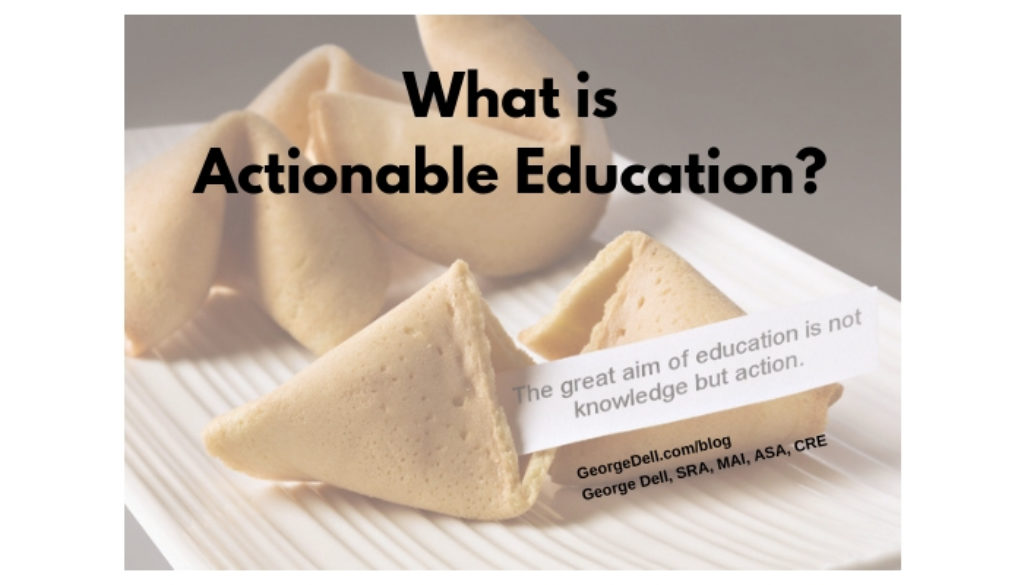Have you ever left a class feeling excited, but when you did your next assignment, you went back to the old way? Actionable education means you learn immediately useful actions and attitudes, AND the motivation to take advantage in your daily practice. How is this achieved?
Well, one way is to simply understand how your own brain works. It can work for you. Or it can work to hold you back.
There has been much recent learning about learning. Learning put to immediate use has a doubly good effect: 1) It reinforces and deepens the learning; and, 2) It changes a clumsy change from a new activity to an automatic behavior.
Automatic behaviors can be good or bad. Like addictions or compulsive behaviors. Or like the automatic need to go exercise or just talk to a trusted friend or eat in a healthy manner.
In order to make a workshop/class/seminar useful and fun, it’s good to remember some basics about learning — how the human adult brain works:
- Multiple entry points (using more than one of your senses), hearing, visual, physical movement (including writing and typing), and sequence of intent, action, result.
- Spaced learning. Cramming does not help, especially for young memorizing brains. Cramming is low on the list of effective use of learning time.
- Association of new concepts with prior behaviors. Mature brains work best when able to make a firm connection between old ways and new intentions.
The Stats, Graphs, and Data Science 1 class is a two-day (14 hour) class. We apply each of the above three basics. These three principles not only ensure learning, but make it much more fun!
The class includes multiple brain-entry points. This includes visual slides, the talking head, hands-on exercises, some humor, a bit of discussion, and working with another student (especially those who volunteer to assist in a class)! Also, some reading, fill-in writing, playing with the software, and on-screen visual live data and analysis examples. (Playing helps learning!)
We try to provide spaced learning, given the government-mandated timing and outline structure required for regulators to regulate. Some of this limitation is accomplished by having students install and test the open-source software prior to class. We have a helpline for those who have limited patience, difficulty with the instructions given, or just need encouragement due to limited prior computer experience.
Also, the most important topics (such as price-indexing) are shown the first hour of the class, in class exercises that afternoon, and again the next day. This accomplishes mastery of at least one or two critical and useful tools. The sense and reality of “I can do this” encourages and enables future learning.
Finally, association is accomplished by building on traditional appraisal concepts and learning. New tools, methods, and critical thinking are introduced – but immediately connected with traditional ways. It is important to note that some unlearning is necessary. We try not to gloss over these areas, but face them head on. This requires the understanding of both the logic and the psychology of our human resistance.
At the Appraisal Institute National Conference in 2016, Jack Uldrich, the keynote speaker spoke of the need for some unlearning. This, especially, as it relates to future trends, emerging technologies, innovation, change management and leadership.
Stats, Graphs, and Data Science classes practice the spirit presented by our most important actors in the appraisal field, summarized in the very first COMMENT of USPAP: standard 1-1(A).
We take action on the suggestions presented there, and as by our most important professional organizations.
This is actionable education.

October 24, 2018 @ 9:44 am
George, this brought back thought on a couple of advanced courses that were immediately useful, They were Highest & Best Use and Market Analysis, and Advanced Sales Comparison and Cost Approach. Both were 40 hour courses.
I get as much immediately useful information from your 2 day class as I did from those 40 our classes. And, I learn something new every time I take your class.